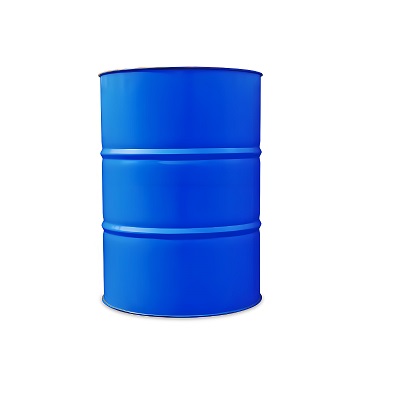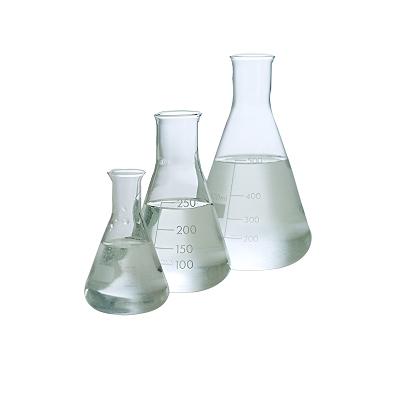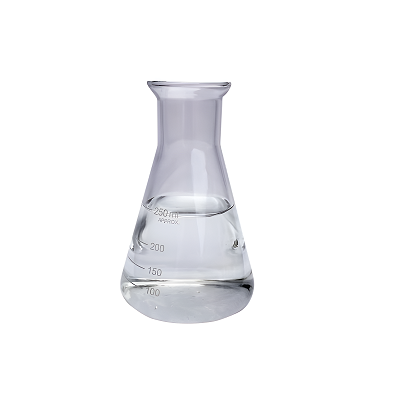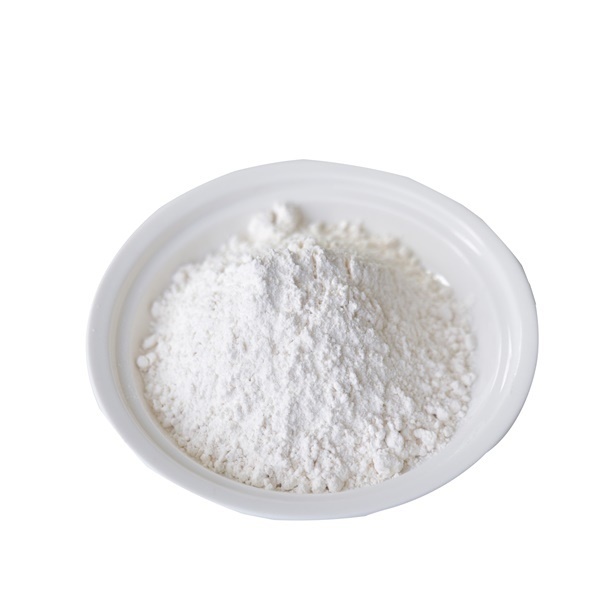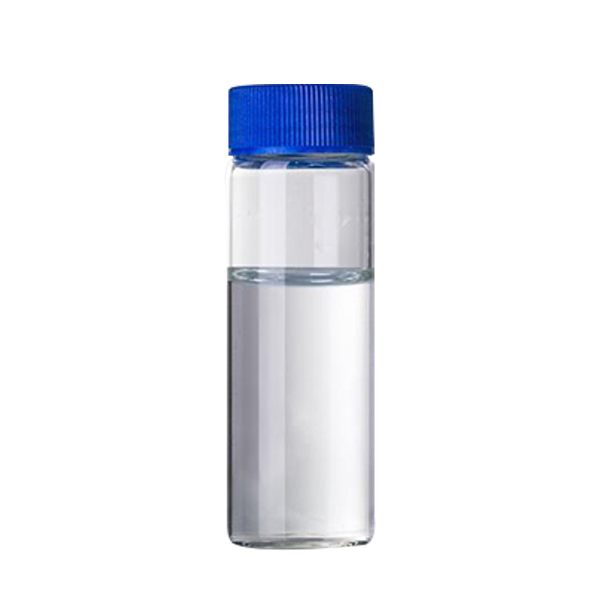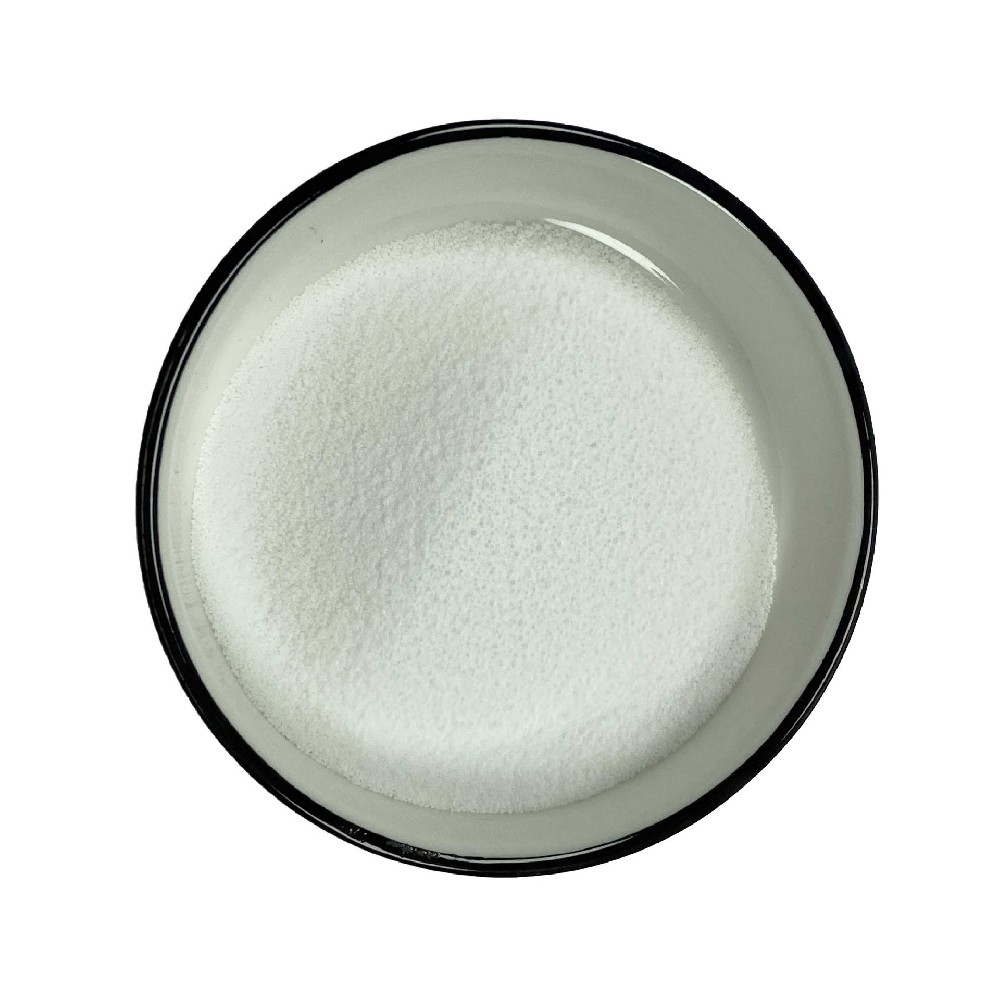

Amino tris(methylene phosphonic acid) cas 6419-19-8
——————
CAS number : 6419-19-8
molecular formula : C3H12NO9P3
EINECS : 229-146-5
——————
Email : info@deshangchem.com
Mobile : +86-13153039501
TEL : +86-531-88752665
Introduction
Chlorotrimethylenephosphonic Acid, Also Known as Aminotrimethylenephosphonic Acid (Atmp), Has Good Chelation, Low-Limit Inhibition and Lattice Distortion Effects. It Can Prevent Scale-Forming Salts in Water from Forming Scale, Especially Calcium Carbonate Scale. Aminotrimethylenephosphonic Acid Is Chemically Stable in Water and Is Not Easily Hydrolyzed. It Has a Good Corrosion Inhibition Effect When the Concentration in Water Is High.
Applications
Chlorotrimethylenephosphonic Acid Is Used in Circulating Cooling Water and Oil Field Reinjection Water Systems of Thermal Power Plants and Refineries. It Can Reduce Corrosion and Scaling of Metal Equipment or Pipelines. Aminotrimethylenephosphonic Acid Is Used as a Metal Ion Chelating Agent in the Textile Printing and Dyeing Industry, And Can Also Be Used as a Metal Surface Treatment Agent.
Aminotrimethylenephosphonic acid Chemical Properties
| Melting point | ~215 °C (dec.) |
| Boiling Point | 746.2±70.0 °C(Predicted) |
| Density | 1.3 g/mL at 25 °C |
| Vapor pressure | 0Pa at 25℃ |
| Storage conditions | Sealed in dry,Room Temperature |
| Solubility | Water (slightly heated) |
| Acidity coefficient (pKa) | 0.56±0.10(Predicted) |
| Form | solid |
| Color | White |
| pH | 0.46 |
Uses
ATMP has stable chemical properties in water and is not easy to hydrolyze. When the concentration in water is high, aminotrimethylenephosphonic acid has a good corrosion inhibition effect. ATMP is used in circulating cooling water and oil field reinjection water systems of thermal power plants and refineries. Aminotrimethylenephosphonic acid can reduce corrosion and scaling of metal equipment or pipelines. ATM is used as a metal ion chelating agent in the textile printing and dyeing industry, and can also be used as a metal surface treatment agent. The solid is a crystalline powder, which is easily soluble in water, easy to absorb moisture, easy to transport and use, and is especially suitable for cold areas in winter. Due to the high purity of aminotrimethylenephosphonic acid ATMP, it can be used as a metal chelating agent and metal surface treatment agent in the textile printing and dyeing industry. ATMP has good integration, low limit inhibition and lattice distortion. It can prevent scale-forming salts in water from forming scale, especially the formation of calcium carbonate scale. ATMP has stable chemical properties in water and is not easy to hydrolyze. When the concentration in water is high, it has a good corrosion inhibition effect. ATMP is used in circulating cooling water and oil field reinjection water systems of thermal power plants and refineries. It can reduce corrosion and scaling of metal equipment or pipelines. ATMP is used as a metal ion chelating agent in the textile printing and dyeing industry, and can also be used as a metal surface treatment agent. ATMP solid is a crystalline powder, which is easily soluble in water, easy to absorb moisture, easy to transport and use, and is especially suitable for cold areas in winter. Due to its high purity, it can be used as a metal chelating agent and metal surface treatment agent in the textile printing and dyeing industry.
Uses
It is used to prevent the scale of cooling water systems, oil pipelines and boilers. It can be used as a scale inhibitor for oil pipelines with poor water quality such as high hardness and high mineralization.
Uses
Scale inhibitor and corrosion inhibitor for cooling water, boiler water, and oilfield water treatment
Used for circulating cooling in thermal power plants and refineries
Preparation
(1) Pour 15g Yellow Phosphorus into a Nitrogen-Deoxygenated Sealed Reactor;
(2) After Heating to 45°c, Introduce a Small Amount of High-Purity Oxygen into the Reactor, And Incomplete Combustion Will Occur in the Absence of Sufficient Oxygen to Obtain Phosphorus Trioxide (P2o3) in the Sealed Reactor;
(3) Add 90g Water and 40g Ammonium Chloride to the Sealed Reactor, Stir and Mix at 20°c for 60min, Then Add 100g of 37% Formaldehyde Solution Dropwise After Stirring, Heat to 50°c After Addition, React for 2h, Then Heat to 110°c at 1.5°c/Min, And React for 1h;
(4) After the Reaction Is Complete, Control the Temperature to 125°c for Distillation, And When No Material Evaporates, Chlorotri(Methylenephosphonic Acid) Can Be Obtained.
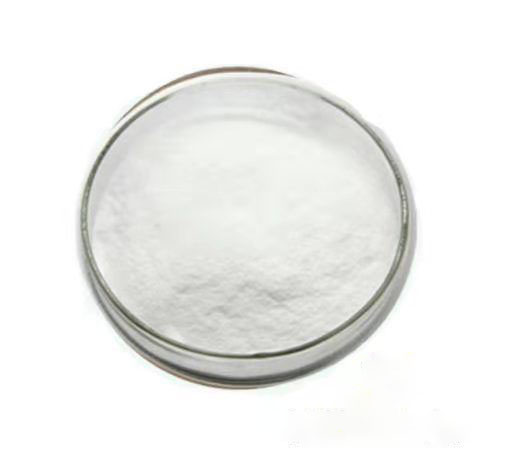
Amino tris(methylene phosphonic acid) cas 6419-19-8
Introduction
Chlorotrimethylenephosphonic Acid, Also Known as Aminotrimethylenephosphonic Acid (Atmp), Has Good Chelation, Low-Limit Inhibition and Lattice Distortion Effects. It Can Prevent Scale-Forming Salts in Water from Forming Scale, Especially Calcium Carbonate Scale. Aminotrimethylenephosphonic Acid Is Chemically Stable in Water and Is Not Easily Hydrolyzed. It Has a Good Corrosion Inhibition Effect When the Concentration in Water Is High.
Applications
Chlorotrimethylenephosphonic Acid Is Used in Circulating Cooling Water and Oil Field Reinjection Water Systems of Thermal Power Plants and Refineries. It Can Reduce Corrosion and Scaling of Metal Equipment or Pipelines. Aminotrimethylenephosphonic Acid Is Used as a Metal Ion Chelating Agent in the Textile Printing and Dyeing Industry, And Can Also Be Used as a Metal Surface Treatment Agent.
Aminotrimethylenephosphonic acid Chemical Properties
| Melting point | ~215 °C (dec.) |
| Boiling Point | 746.2±70.0 °C(Predicted) |
| Density | 1.3 g/mL at 25 °C |
| Vapor pressure | 0Pa at 25℃ |
| Storage conditions | Sealed in dry,Room Temperature |
| Solubility | Water (slightly heated) |
| Acidity coefficient (pKa) | 0.56±0.10(Predicted) |
| Form | solid |
| Color | White |
| pH | 0.46 |
Uses
ATMP has stable chemical properties in water and is not easy to hydrolyze. When the concentration in water is high, aminotrimethylenephosphonic acid has a good corrosion inhibition effect. ATMP is used in circulating cooling water and oil field reinjection water systems of thermal power plants and refineries. Aminotrimethylenephosphonic acid can reduce corrosion and scaling of metal equipment or pipelines. ATM is used as a metal ion chelating agent in the textile printing and dyeing industry, and can also be used as a metal surface treatment agent. The solid is a crystalline powder, which is easily soluble in water, easy to absorb moisture, easy to transport and use, and is especially suitable for cold areas in winter. Due to the high purity of aminotrimethylenephosphonic acid ATMP, it can be used as a metal chelating agent and metal surface treatment agent in the textile printing and dyeing industry. ATMP has good integration, low limit inhibition and lattice distortion. It can prevent scale-forming salts in water from forming scale, especially the formation of calcium carbonate scale. ATMP has stable chemical properties in water and is not easy to hydrolyze. When the concentration in water is high, it has a good corrosion inhibition effect. ATMP is used in circulating cooling water and oil field reinjection water systems of thermal power plants and refineries. It can reduce corrosion and scaling of metal equipment or pipelines. ATMP is used as a metal ion chelating agent in the textile printing and dyeing industry, and can also be used as a metal surface treatment agent. ATMP solid is a crystalline powder, which is easily soluble in water, easy to absorb moisture, easy to transport and use, and is especially suitable for cold areas in winter. Due to its high purity, it can be used as a metal chelating agent and metal surface treatment agent in the textile printing and dyeing industry.
Uses
It is used to prevent the scale of cooling water systems, oil pipelines and boilers. It can be used as a scale inhibitor for oil pipelines with poor water quality such as high hardness and high mineralization.
Uses
Scale inhibitor and corrosion inhibitor for cooling water, boiler water, and oilfield water treatment
Used for circulating cooling in thermal power plants and refineries
Preparation
(1) Pour 15g Yellow Phosphorus into a Nitrogen-Deoxygenated Sealed Reactor;
(2) After Heating to 45°c, Introduce a Small Amount of High-Purity Oxygen into the Reactor, And Incomplete Combustion Will Occur in the Absence of Sufficient Oxygen to Obtain Phosphorus Trioxide (P2o3) in the Sealed Reactor;
(3) Add 90g Water and 40g Ammonium Chloride to the Sealed Reactor, Stir and Mix at 20°c for 60min, Then Add 100g of 37% Formaldehyde Solution Dropwise After Stirring, Heat to 50°c After Addition, React for 2h, Then Heat to 110°c at 1.5°c/Min, And React for 1h;
(4) After the Reaction Is Complete, Control the Temperature to 125°c for Distillation, And When No Material Evaporates, Chlorotri(Methylenephosphonic Acid) Can Be Obtained.
Team Presentation

